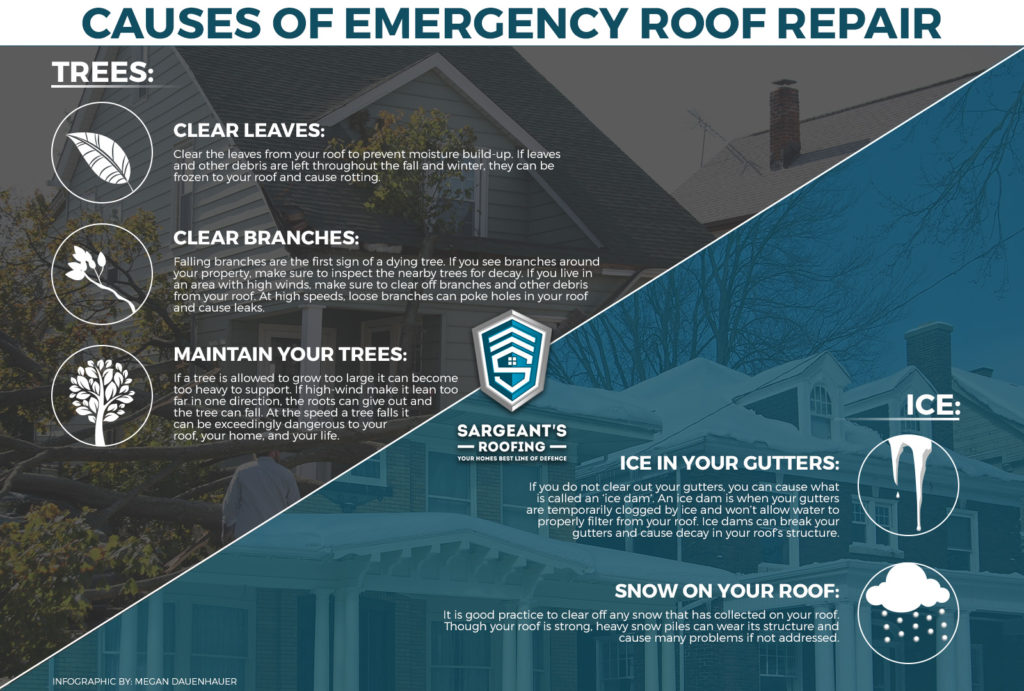Normal Mistakes In Roof Covering Setup And Techniques To Avoid Them
Normal Mistakes In Roof Covering Setup And Techniques To Avoid Them
Blog Article
Authored By-Bossen Miranda
When you're planning a roof installment, it's very easy to overlook critical information that can cause considerable issues down the line. You might be lured to reduce corners on product choice or avoid correct flashing installment, but these usual mistakes can cause expensive repairs later. Recognizing the relevance of ventilation and adhering to regional building regulations is vital for a successful task. So, what are the crucial actions you should require to guarantee your roof covering stands the test of time? Allow's check out some efficient techniques to prevent these mistakes.
Poor Material Option
When it involves roof installation, choosing the incorrect materials can result in costly issues down the line. You may assume that any roofing product will do, yet that's an usual misconception. It's essential to choose products that suit your local climate and the particular needs of your home.
As an example, if you stay in an area with hefty rainfall or snow, choosing asphalt roof shingles might not be the best choice. Rather, think about more long lasting options like metal or slate.
Furthermore, focus on the top quality of the products you're thinking about. Affordable materials could conserve you cash upfront, but they frequently do not have durability and can lead to frequent repairs or replacements.
You should also think about the style of your home and ensure the materials you choose will preserve its visual charm.
Ultimately, don't neglect to talk to specialists. They can offer important insights and suggest materials that abide by neighborhood building ordinance.
Spending time in proper material selection now can aid you prevent headaches and costs in the future, making your roof covering task a success.
Inadequate Flashing Installation
Picking the best products isn't the only aspect that can bring about roofing issues; inadequate blinking installment can likewise create substantial problems. Flashing is crucial for guiding water far from susceptible locations, such as smokeshafts, skylights, and roof valleys. If https://roofer52739.blogoxo.com/33386846/analyze-the-vital-variants-in-between-steel-and-shingle-roof-covering-to-identify-which-choice-is-most-proper-for-your-requirements-and-monetary-restraints 's not set up appropriately, you take the chance of water invasion, which can bring about mold development and structural damage.
When you mount blinking, guarantee it's the right kind for your roofing system's layout and the neighborhood climate. As an example, metal blinking is frequently extra sturdy than plastic in areas with hefty rain or snow. See to it the flashing overlaps properly and is protected snugly to avoid voids where water can seep via.
You need to also focus on the installment angle. Blinking need to be placed to direct water away from your house, not toward it.
If you're uncertain concerning the installment process or the materials needed, get in touch with a specialist. try this out can aid identify the very best flashing options and make certain every little thing is mounted appropriately, protecting your home from prospective water damage.
Taking these steps can save you time, cash, and migraines later on.
Neglecting Air Flow Demands
While many homeowners focus on the visual and architectural aspects of roofing setup, neglecting ventilation requirements can lead to serious long-lasting repercussions. Appropriate air flow is essential for controling temperature and wetness levels in your attic, preventing issues like mold development, wood rot, and ice dams. If you do not set up adequate ventilation, you're setting your roofing up for failing.
To avoid this error, first, assess your home's particular air flow requirements. A balanced system generally includes both intake and exhaust vents to advertise airflow. Guarantee you've set up soffit vents along the eaves and ridge vents at the top of your roof. This combination enables hot air to get away while cooler air enters, maintaining your attic space comfy.
Also, think about the kind of roof covering material you've picked. Some products might call for extra air flow methods. Double-check your local building ordinance for ventilation standards, as they can differ substantially.
Lastly, do not fail to remember to evaluate your air flow system frequently. Clogs from debris or insulation can restrain air flow, so maintain those vents clear.
Conclusion
To conclude, preventing typical roof setup errors is crucial to guaranteeing your roofing's long life and performance. By choosing the best materials for your environment, setting up blinking appropriately, and attending to ventilation needs, you can stop pricey concerns in the future. Don't forget to acquaint yourself with neighborhood building codes and schedule normal examinations. With these actions, you'll appreciate a safe, durable roof that secures your home for years to come. Pleased roof!
